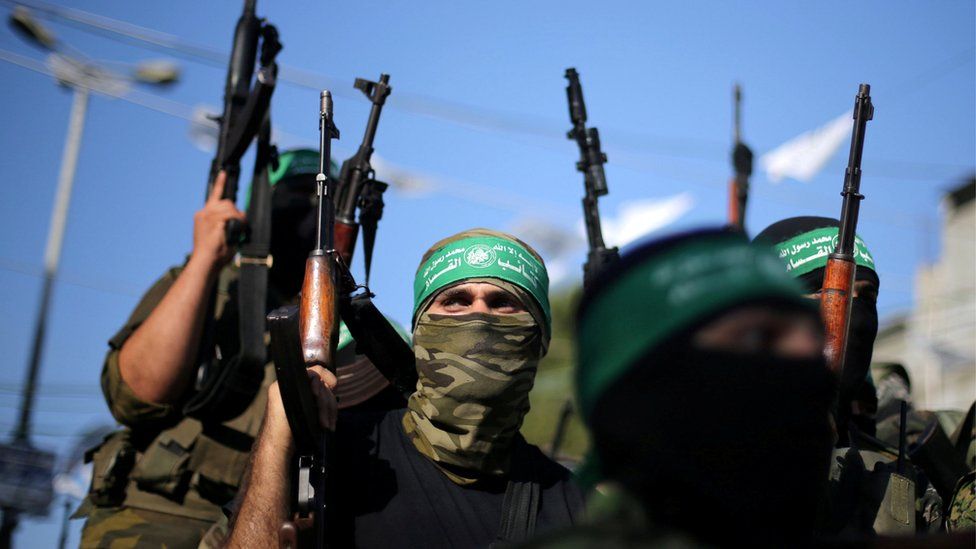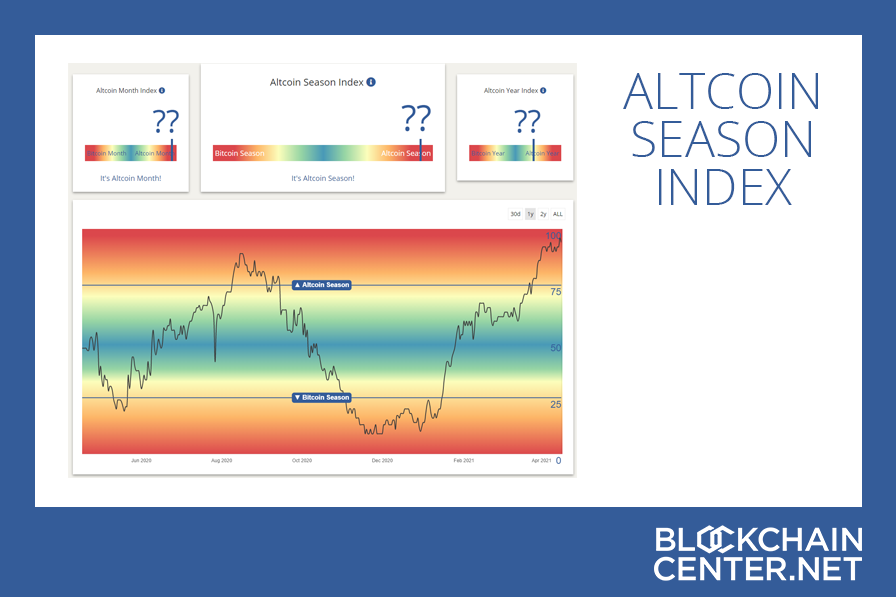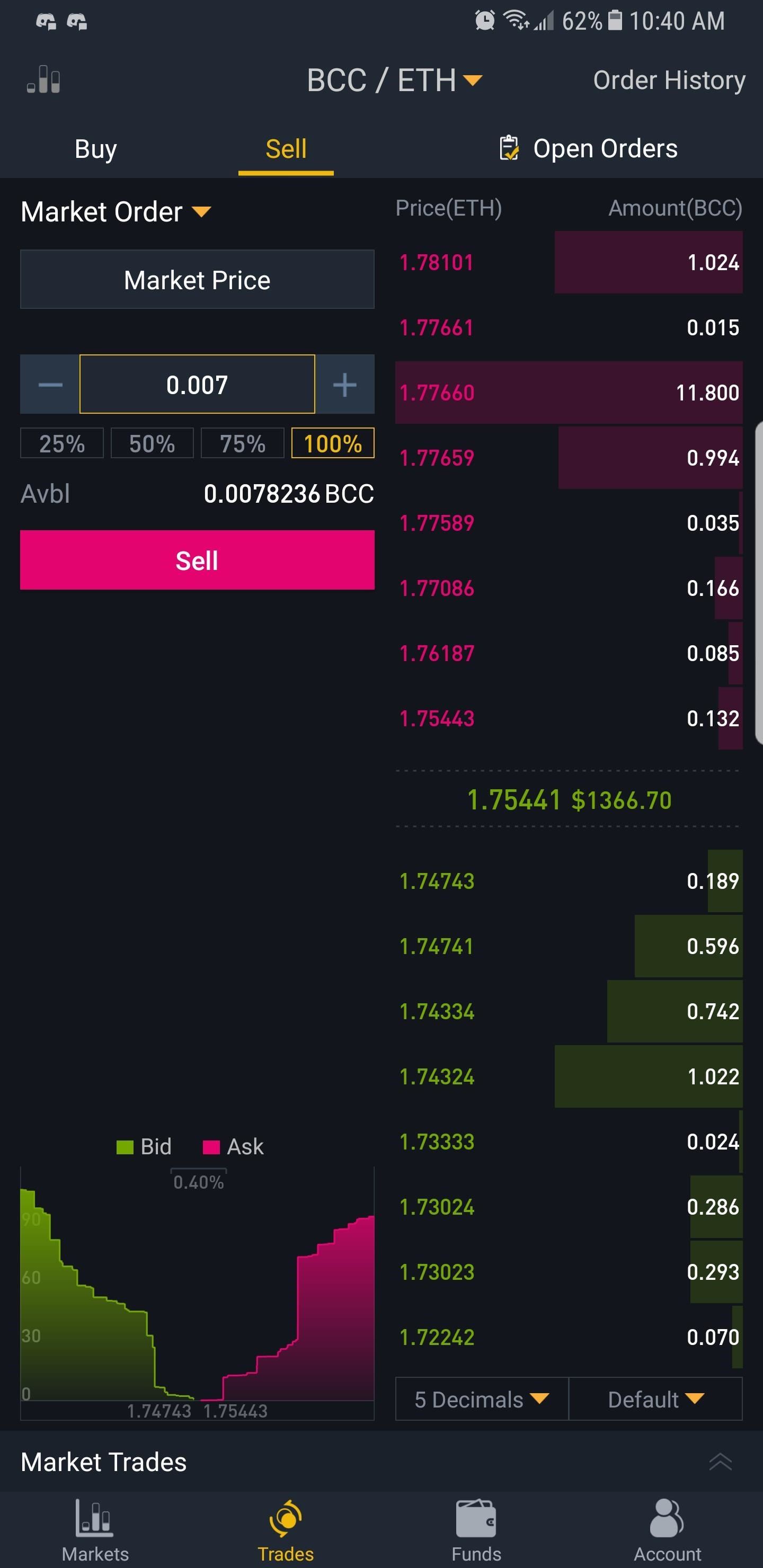Hold onto your hats, folks, because yet another round of Gaza ceasefire negotiations has begun in Doha, Qatar, between Hamas and Israel. As reported by Al Jazeera on May 17th, Hamas confirms they’re at the table, discussing both a ceasefire and the exchange of hostages. Frankly, we’ve been here before.
But there’s a glimmer of something slightly different this time. Senior Hamas official Mahmoud Mardawi stated they’re approaching all issues with an open mind and without preconditions – a noteworthy shift, if genuine. The talks are being mediated by Qatar and the US, which is crucial.
Here’s where it gets interesting. Sources within Hamas reveal negotiations are building on a framework proposed by the US Special Envoy for Middle East Issues, Brett McGurk. However, Hamas has heavily revised McGurk’s initial blueprint. And here’s the kicker: early indications suggest the US guarantees in this round are “more serious.” Let’s unpack that.
Understanding the Geopolitical Leverage at Play
The success of these negotiations hinges on understanding the power dynamics. The US position is vital, as its influence over Israel is substantial. Hamas’ willingness to engage – even with revisions – is also significant.
The Role of Qatar as Mediator
Qatar’s role can’t be overstated. It’s a key back channel to Hamas and has proven effective in past mediation efforts. Its neutrality is paramount.
Why US Guarantees Matter
Hamas has consistently sought concrete guarantees, not just promises. The shift toward “more serious” assurances from the US could indicate a willingness to provide tangible security measures or enforcement mechanisms. This is a game-changer.
The Bottom Line
The market reaction – and frankly, the human cost – hangs on the outcome. While cautious optimism is warranted, seasoned observers (like myself) know this is a volatile situation. Don’t hold your breath, but pay close attention. This isn’t just a political story; it’s a factor influencing global stability, and ultimately, markets.







